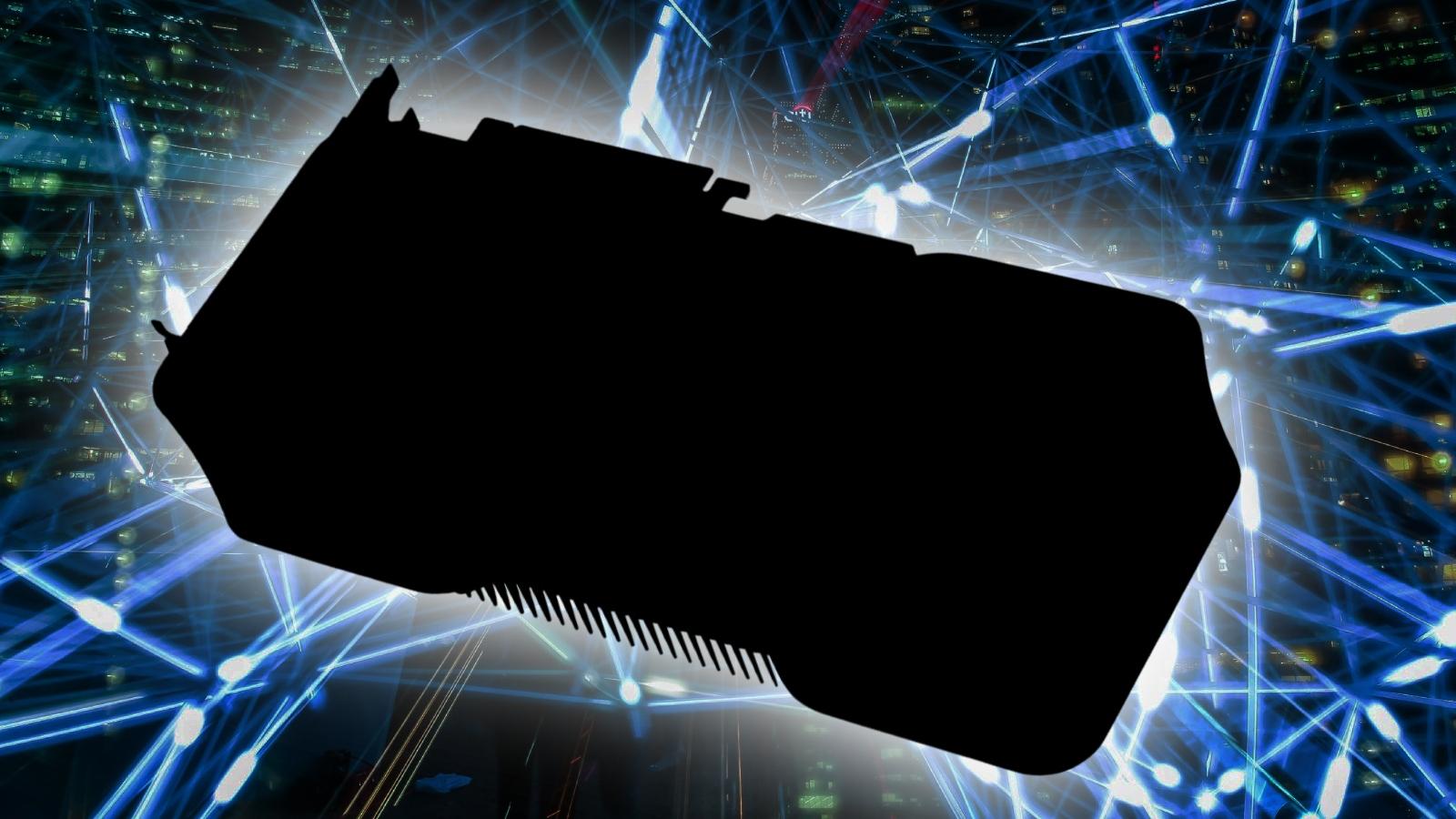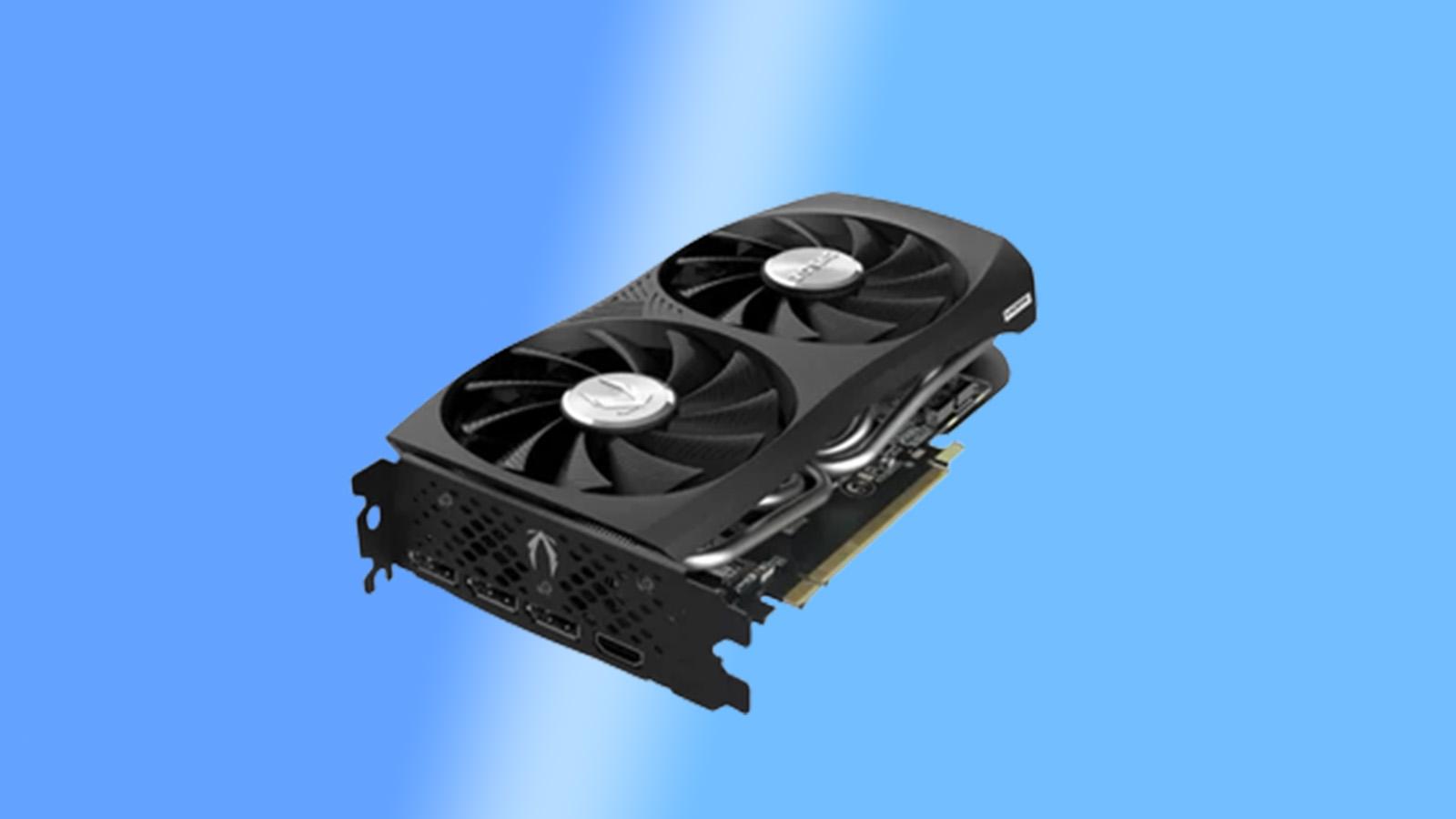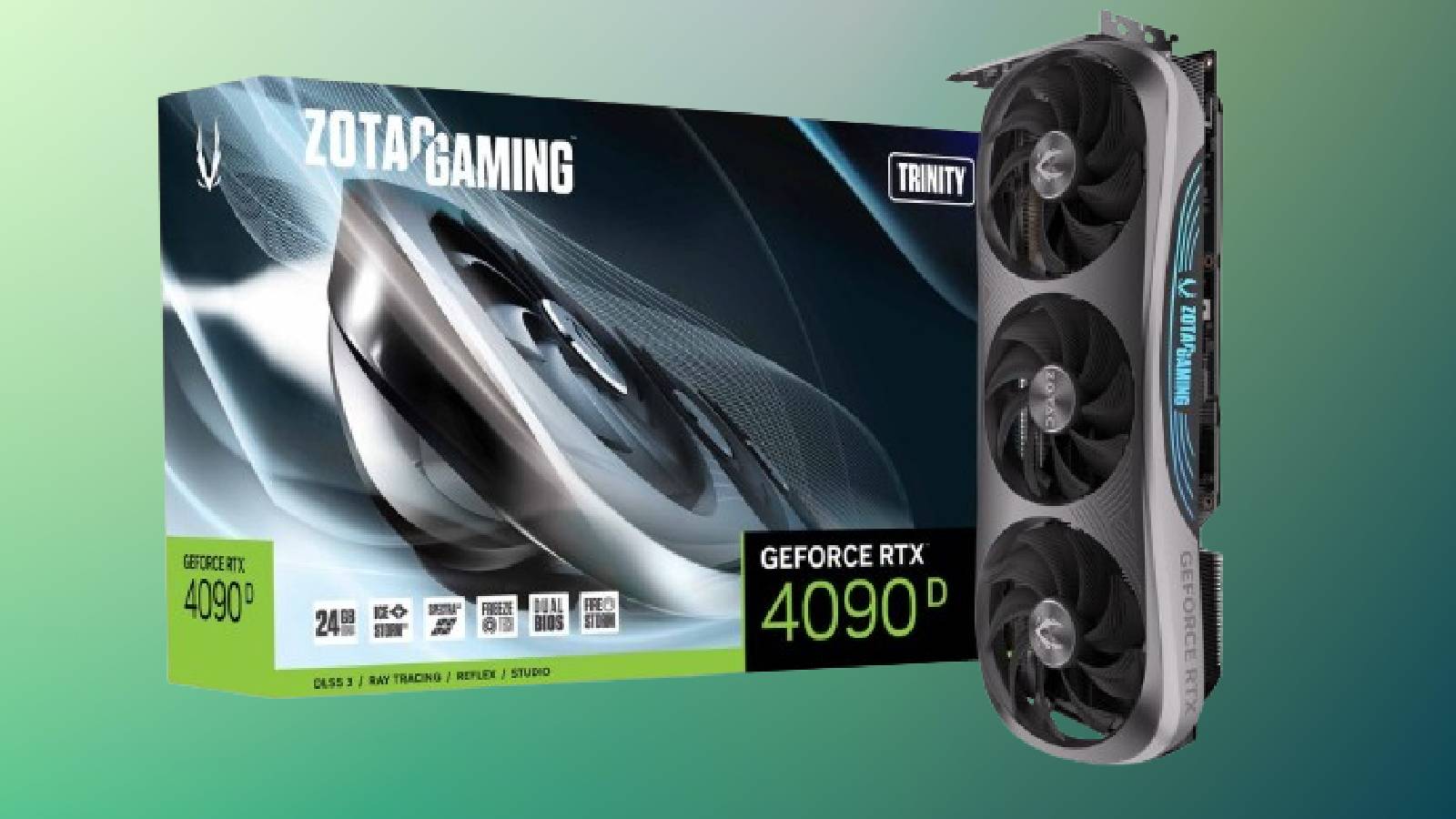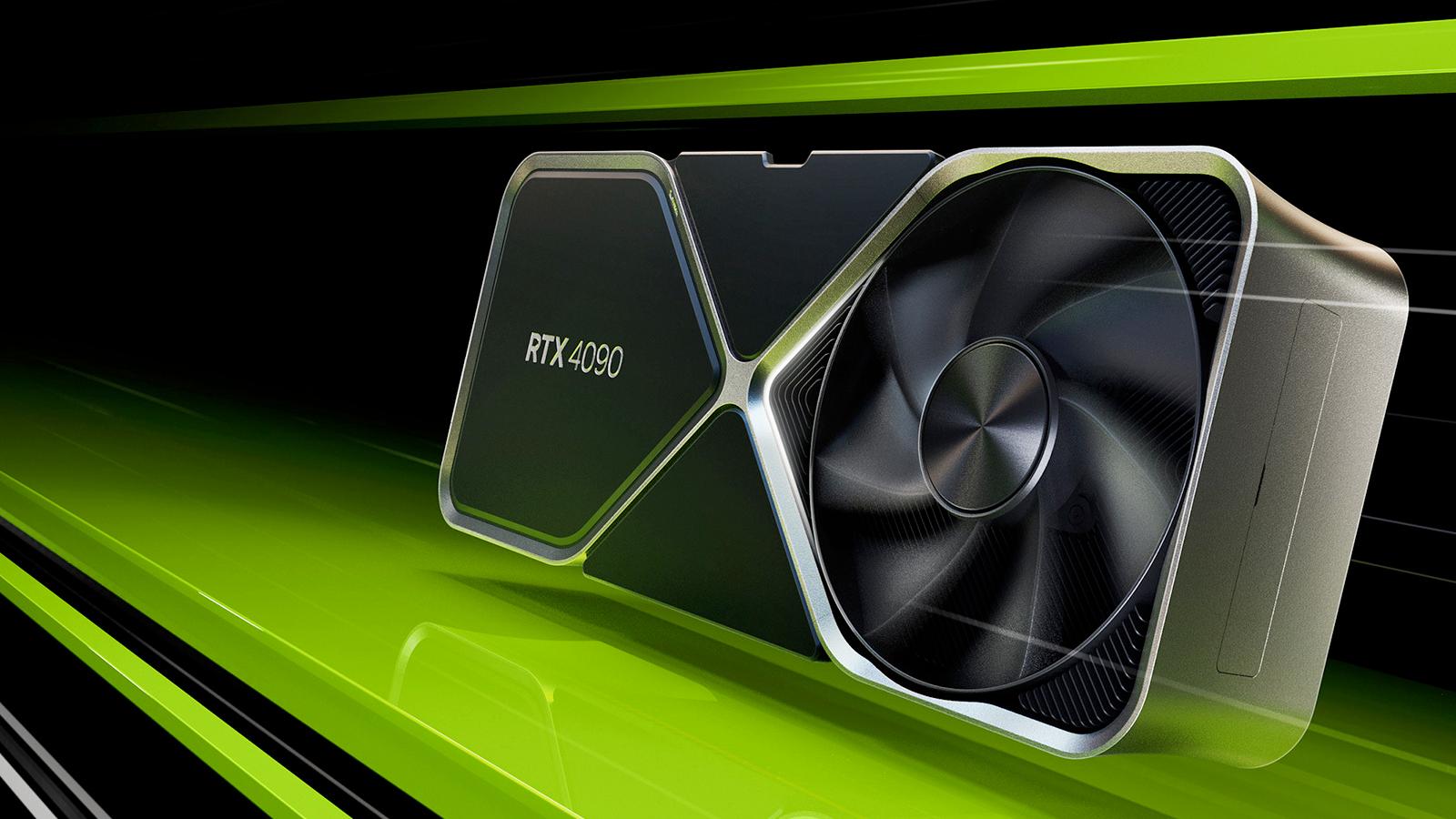Intel claims Arc GPUs beat Nvidia RTX 3060 at ray tracing
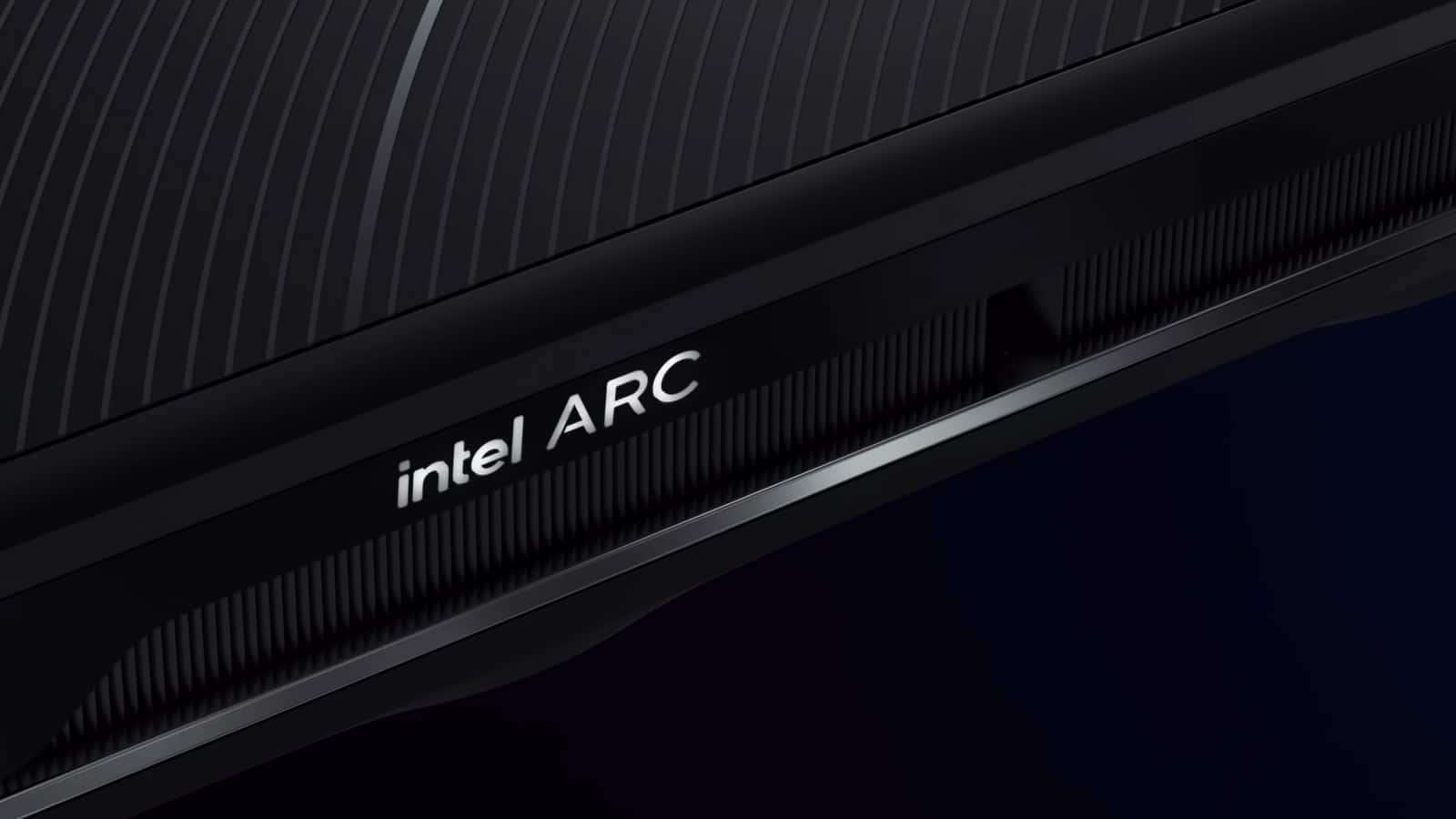
In a new interview, execs from Intel have claimed that their new Intel Arc GPUs can best Nvidia’s RTX 3060 in regards to ray tracing.
Intel is back again, offering more information on their upcoming Arc Alchemist GPUs. This time, in an interview with PC Gamer, they’ve attempted to go for the jugular. The interview with Ryan Shrout and Tom Petersen on Intel’s graphics team has claimed that the upcoming Arc A770 and A750 cards will compete with the RTX 3060 regarding ray tracing.
The official video demonstrating this hasn’t landed on YouTube just yet but in the interview, Petersen divulges a little more than anticipated about how they’re managing ray tracing.
Bounding volume hierarchy, or BVH, is the tech that allows ray tracing lighting algorithms in use to determine what and when something should receive the full treatment.
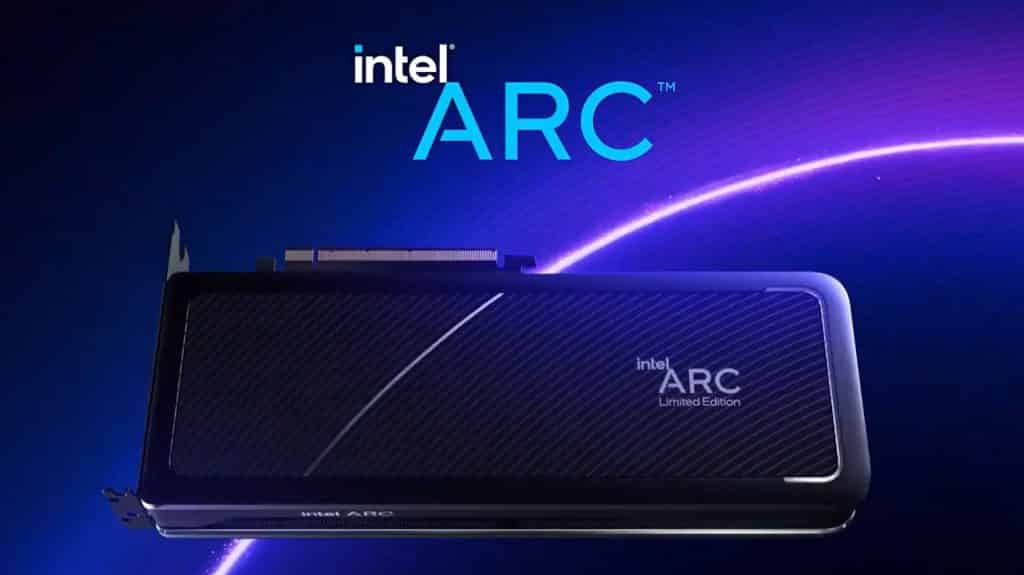 Intel
IntelPetersen is also the one that brought up that they could beat Nvidia’s RTX 3060 GPU:
“The RTU [ray tracing unit] that we have is particularly well suited for delivering real ray tracing performance.
“And you’ll see that when you do ray tracing on comparisons with an [RTX] 3060 versus A750 or A770, we should fare very, very well.”
However, what’s not being discussed within the interview is that the RTX 3060 is about to be replaced with an upcoming refresh. The 4060 should launch alongside the 4080 and 4070 but could be delayed due to an excess in stock.
Nvidia’s only real threat here is price competitiveness. Intel is claiming that they’re going to price these according to the market, but with Nvidia’s excessive stock issue, there are rumors circulating that they could cut prices massively to clear it.
What is ray tracing?
The term ray tracing refers to how light is realistically simulated within a piece of software, like a game or an animation engine.
Ray tracing isn’t a new technology but is relatively new to the video game industry. Originally, lighting would have to be ‘baked’ into games or wouldn’t operate in a realistic way, if it was real-time. This is why things like mirrors in games stopped being a thing once gaming took the step to HD.
The technology allows games and movies to realistically render lights, with it bouncing, filling, or reflecting in a lifelike way. Rather than having to manually set up shadows or reflections in mirrors, they can hand it off to the GPU and game engine to do the job for them.
However, it takes a lot of processing power to do so, and has been a multi-year journey for both Nvidia and AMD to achieve playable ray tracing, even with some of their top-end cards.
